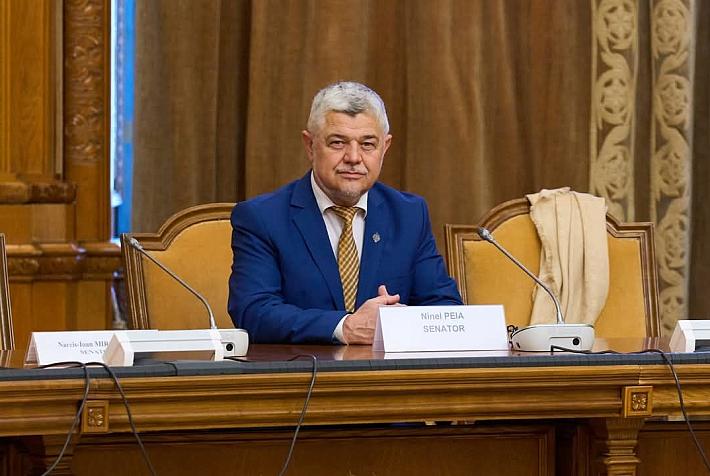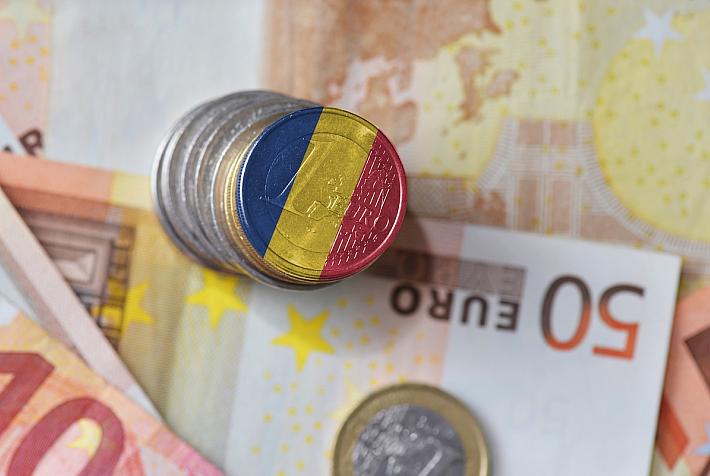Romanian banks experience lack of liquidity

The banking system registers an average daily liquidity deficit of RON 13.5 bln (EUR 2.7 bln) with regard to their debts to Romania’s central bank.
The Romanian National Bank (BNR) has financed banks through the so-called Lombard facility, essentially a fixed loan granted against a pledge of liquid assets. Banks took RON 11.7 bln in June from BNR through Lombard loans with a fixed interest rate of 4.75% per year. Lombard loans are one percentage point more expensive than the repurchase agreement (repo) loans. These are also short-term loans backed by securities.
In June, however, BNR reduced repo loan volumes for the third month in a row, bringing them down to RON 2.7 bln from RON 6.3 bln back in March. Interest rates for interbank loans have been continuously rising as a result.
Banks in Romania gave each other loans at an interest rate of 4.42% in June, compared to 4.27% in May and 3.45% in April. Back in March, when the banks’ average daily liquidity deficit reached a high point of RON 16.4 bln, interbank interest rates were at 3.6%. The average daily deficit dropped by RON 2.4 bln in May, reaching the same levels as in April.
Unlike other national currencies in the region, the Romanian leu has not moved much relative to the euro. BNR has been keen on blocking a further increase in inflation through the exchange rate. BCR analysts cited by Profit.ro have argued that BNR’s interventions on the foreign exchange market, meant to support the national currency, fuel the liquidity deficit.
BNR recently raised the key interest rate to 4.75% in an effort to stop the rising inflation, which already hit 14.5% in May.
(Photo source: Viorel Dudau/Dreamstime.com)













